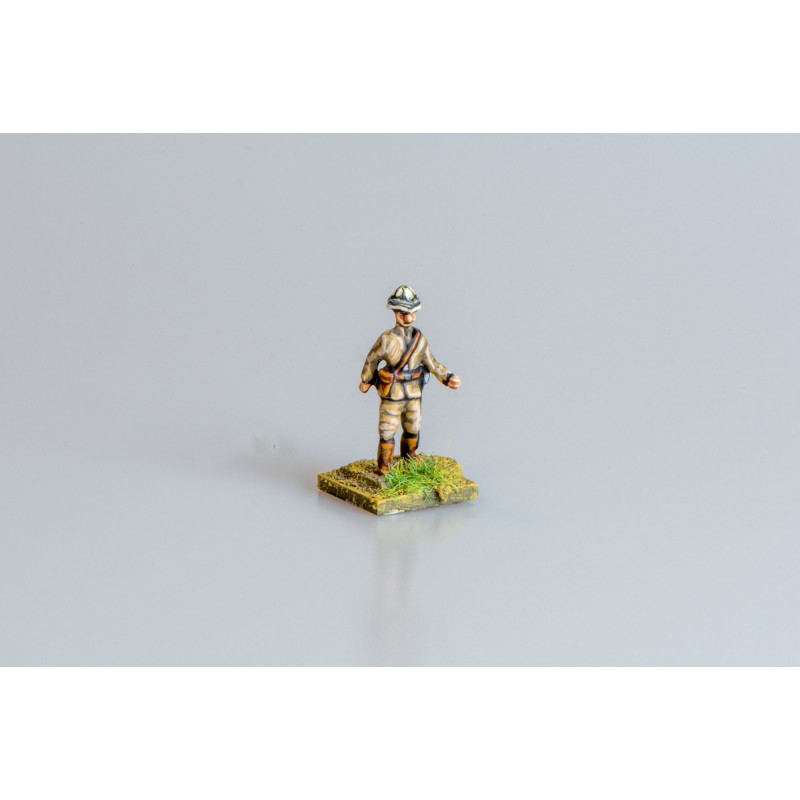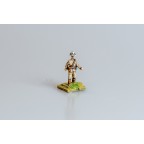This product is sold unpainted.
WARS AGAINST NATURE – considerations for the
wargame campaign.
‘Many colonial wars were first and foremost ‘wars against
nature’; they involved surmounting difficulties of terrain and climate,
frequently over immense distances, and these difficulties, which threatened the
health and manoeuvrability of the field forces, were often more formidable than
the challenges posed by the enemy.
· The topographical intelligence was frequently
poor and contributed, along with treacherous guides, to the annihilation of
Hick’s Pasha’s force when it marched from the Nile to El Obeid in 1883.
·
Communications were generally indifferent.
Railways were rarely available or took an immense amount of time to construct
(ten months to construct the 230 miles of track between Wadi Halfa and Abu
Hamed in 1897), and all-weather roads permitting the passage of wheeled
transport seldom existed. Navigable rivers were sometimes available, and, if
usable, enabled columns to dispense with the burden of carrying large
quantities of forage. As the forces usually had to travel upstream, and
sometimes beyond the reach of steamships, soldiers and their auxiliaries had to
become their own transport, rowing and manhandling boats to convey all their
supplies, ammunition and equipment. In the Red River Expedition, Wolseley’s
force spent thirty-nine days traversing 852 miles of rocky, watery wilderness,
and had to master the techniques of white-water navigation as they negotiated
hazardous rapids, rocky portages and marshy ground.
·
A shortage of water bedevilled several
campaigns, particularly those in the Sudan, where the wells fixed the lines of
operations through the desert, and in Abyssinia, where Napier’s expedition had
to carry much of its own water as it moved over 400 miles of largely arid, mountainous
terrain.
·
Finally, many of these hazards had to be
overcome within fairly limited periods of time. Wolseley had to complete his
Ashanti war before the rains thickened the tropical rain forest and decimated
the troops with fever; Napier had to reach Magdala before the rains blocked the
mountain passes; and, in 1884-85, Wolseley had to try to reach Khartoum before
the Mahdi breached the city’s defences.’
Source: The Late Victorian Army
1868-1902, Edward M Spiers, Manchester University Press,1972. An in-depth study
into the late Victorian Army including interesting analysis of the officer
corps and arms tactics and training. A really thoughtful book for those with more
than a basic interest in the British Army of the late Nineteenth Century.
Jacklex Miniatures 20mm Colonial British Army metal wargame figures.



